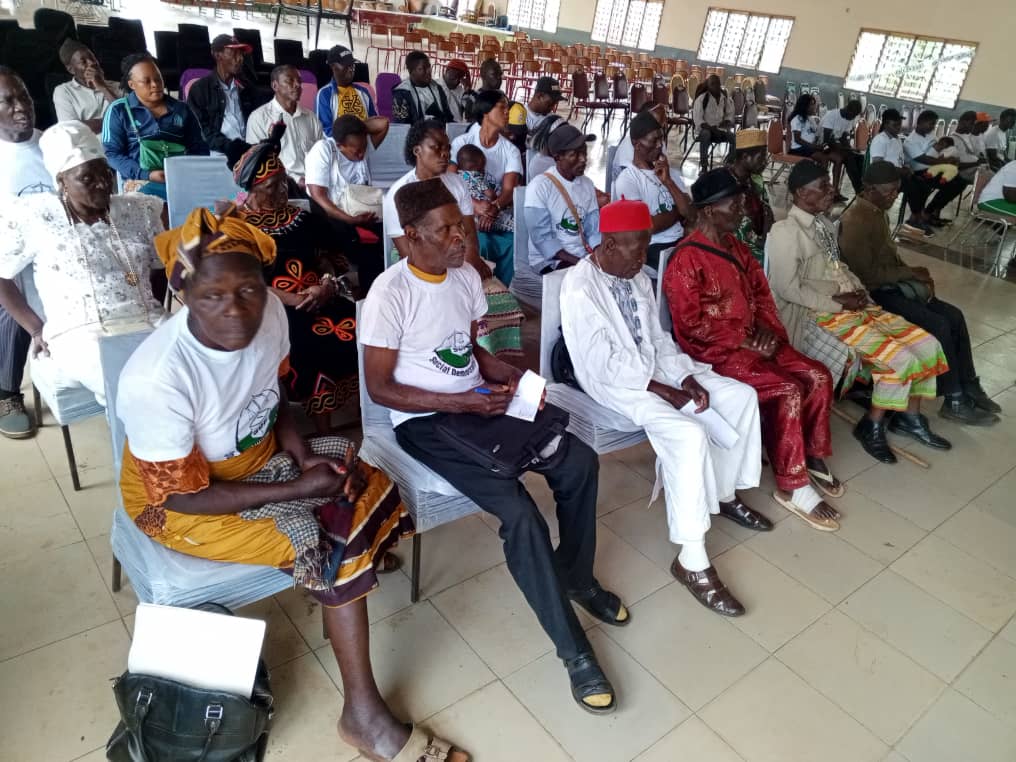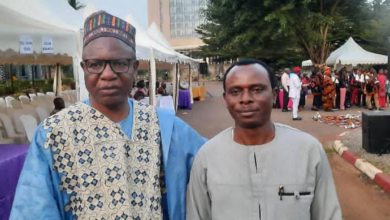SDF come-back, Bali holds district conference

The Social Democratic Front (SDF) electoral district for Bali has been revitalized following a conference held on November 13, 2024, at Njenka in Bali subdivision—the first in seven years. The event signals a potential challenge for the ruling Cameroon People’s Democratic Movement (CPDM) in next year’s elections.
Babila Moses, the district chair, expressed surprise at the massive turnout, given the current socio-political climate. He praised party members for their dedication despite disruptions from the ongoing conflict in the NW Region.

Former SDF mayor Nyamsenkwen Christopher saw the turnout as a sign that the ruling party could be defeated in the upcoming polls. He called for widespread voter registration when electoral registers open in January.
A budget of six million CFA was adopted for 2025, with 70 coordinators designated for mobilization efforts. The district also plans to recruit at least 177 polling agents and scrutineers. Bali which has been heavily affected by the conflict, has seen low voter turnout due to fear.




